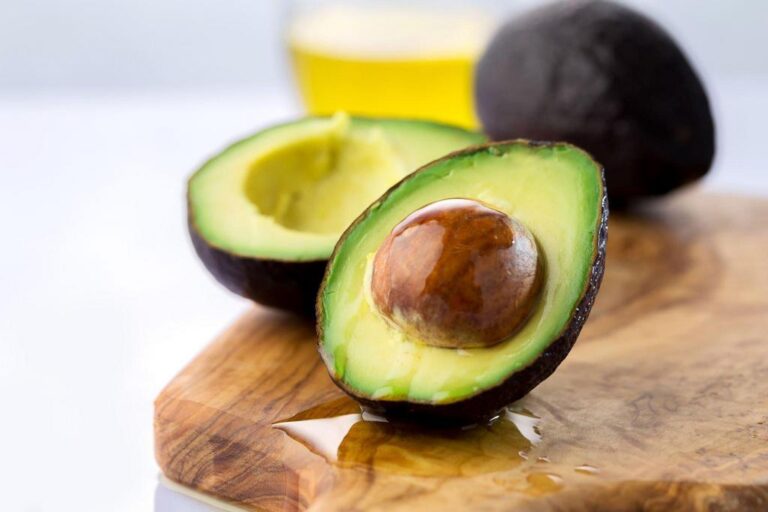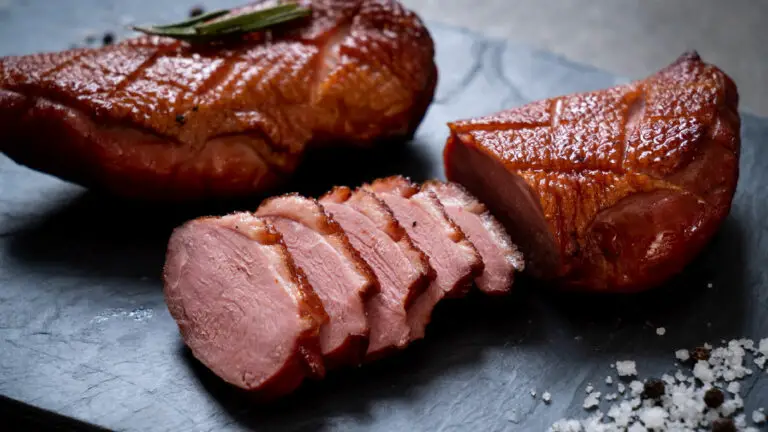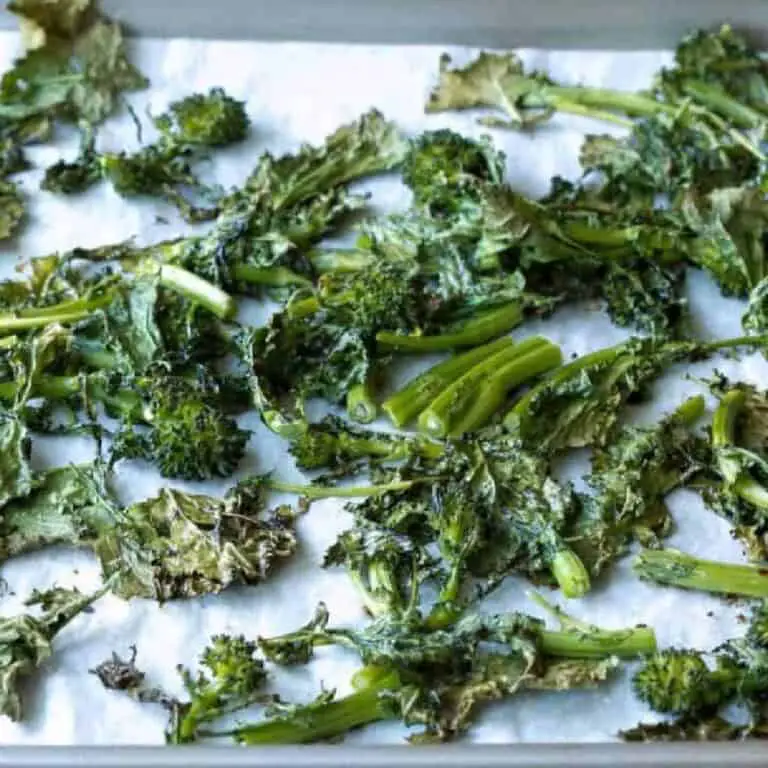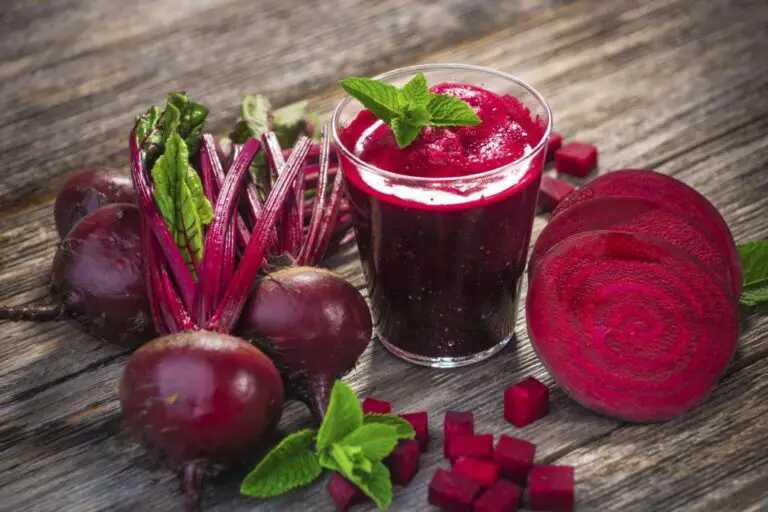Do Koreans Eat Kimchi Everyday? How Often Do Koreans Eat Kimchi?

Kimchi is an important part of Korean food, and its unique flavor and health benefits are often praised. But just how often do Koreans actually eat this popular dish? Is it a daily occurrence or reserved for special occasions?
In this article, we’ll take a closer look at the role of kimchi in Korean culture and answer the question: do Koreans really eat kimchi every day? We’ll look at everything about this famous dish, from its nutritional value to its cultural significance, and find out the truth about how often it’s eaten every day.
So, grab a bowl of your favorite Kimchi and join us on this culinary journey to discover the secrets behind one of Korea’s most beloved dishes.
The Importance of Kimchi in Korean Cuisine and Culture
Kimchi is more than just a dish in Korean cuisine; it is a symbol of Korean identity and heritage. The history of kimchi dates back to ancient times, when people would ferment vegetables to preserve them for the winter months. Over time, kimchi has become an integral part of Korean culture, not only as a food but also as a cultural icon.
Koreans have been eating kimchi for hundreds of years, and it has grown into a complex and varied way of cooking. The dish is made using various vegetables, such as napa cabbage, radish, cucumber, and scallions, which are mixed with a spicy, flavorful paste made from chili peppers, garlic, ginger, and fish sauce.
The significance of kimchi in Korean cuisine cannot be overstated. It is a staple food in Korean households, and kimchi is served at almost every meal, from breakfast to dinner.
Kimchi is not just a side dish or a condiment but also a crucial ingredient in many Korean dishes such as kimchi fried rice, kimchi stew, and kimchi pancakes.
Moreover, the importance of kimchi in Korean culture goes beyond its culinary significance. The fact that Koreans have been making and eating kimchi for hundreds of years despite harsh living conditions and long winters is a sign of their strength and spirit.
Kimchi-making is a communal activity that brings families and communities together, and it has become a source of pride for Koreans around the world.
In fact, UNESCO has named kimchi a part of the intangible cultural heritage of humanity because it is such an important part of Korean culture. This recognition highlights the cultural value of kimchi and the role it plays in Korean society.
Do Koreans Eat Kimchi Every Day? How Often Do Koreans Eat Kimchi?
Now, let’s answer the question: Do Koreans eat kimchi every day? The answer is yes and no. While kimchi is a part of almost every meal in Korean households, it is not necessarily consumed in large quantities every day.
In a 2019 survey by the Ministry of Agriculture, Food, and Rural Affairs, 92.5% of Korean respondents said they eat kimchi at least once a day. However, the same survey found that only 9.7% of Koreans consume more than 100 grams of kimchi per day.
This suggests that while kimchi is a regular part of the Korean diet, it is not consumed in large amounts every day. It is more common for Koreans to eat smaller portions of kimchi as a side dish or condiment rather than as a main dish.
Even though some Koreans might not eat kimchi every day because they don’t like it or because they have dietary restrictions, it is still an important part of Korean food culture. As Koreans continue to spread their culinary influence around the world, Kimchi has become a global phenomenon, with many people falling in love with its spicy, sour, and savory flavors.
Whether enjoyed as a side dish or a main course, Kimchi is a beloved symbol of Korean cuisine and a testament to the rich history and culture of the Korean people.
Kimchi Varieties and Consumption Habits
It is worth noting that there are many different types of kimchi, each with its own flavor and texture. Some kimchi varieties are more popular than others, and their consumption habits vary.
For example, baechu kimchi, which is made from napa cabbage, is the most popular type of kimchi in Korea. It is usually consumed fresh in the winter, when napa cabbage is in season. On the other hand, kkakdugi, which is made from diced radish, is a popular side dish that is often consumed with meat dishes.
In addition to the different varieties of kimchi, Koreans also have different consumption habits depending on their age and region. Younger people tend to like less spicy and more mild kimchi, while older people like more spicy and pungent kinds.
Kimchi’s Nutritional Value and Health Benefits
Kimchi is not only tasty but also very healthy, so people who care about their health often choose to eat it. The traditional recipe for Kimchi includes ingredients such as cabbage, radish, garlic, ginger, and chili pepper, which are all rich in vitamins, minerals, and antioxidants.
Depending on the recipe and how it is made, kimchi can have different amounts of nutrients, but overall, it is a very healthy food.
Kimchi is low in calories and carbohydrates, making it an ideal food for those who are watching their weight or managing their blood sugar levels. It is also an excellent source of fiber, which helps promote healthy digestion and prevent constipation. Kimchi also has vitamins A, C, and K, which are important for keeping your eyesight, skin, and bones healthy.
One of the most significant health benefits of kimchi comes from its fermentation process. Lactic acid bacteria produce good probiotics during the fermentation process. These probiotics help improve gut health and boost the immune system. These probiotics may also help reduce inflammation and prevent the growth of harmful bacteria in the gut.
Several studies have investigated the potential health benefits of kimchi, with promising results. Some research suggests that regular consumption of kimchi may help to lower blood pressure, reduce the risk of heart disease, and even prevent certain types of cancer.
One study done in Korea found that people who ate kimchi often were less likely to get stomach cancer than those who didn’t.
How Kimchi is Prepared and Served
There are many different ways to prepare kimchi, with variations in ingredients, seasoning, and fermentation time. Some kimchi recipes call for seafood or meat, while others are strictly vegetarian. The level of spiciness can also vary, with some kimchi being quite mild while others are extremely spicy.
One popular way to serve kimchi is as a side dish with rice and other Korean dishes. Kimchi can also be used as a filling for dumplings or as a topping for noodles or soup. And for those who really love kimchi, there are even kimchi-flavored snacks and drinks available in Korea.
Personal Stories on Kimchi Consumption
While statistics and nutrition facts are informative, it’s also interesting to hear personal stories about kimchi consumption. Many respondents in a survey of Koreans by the Korean Food Foundation stated that they had a strong emotional attachment to kimchi. One participant described it as “a taste of home”, while another said that “no meal feels complete without it.”
Many Koreans also reported eating kimchi for breakfast, lunch, and dinner, while others said they enjoyed it as a snack or a midnight snack. Some Koreans even bring their own homemade kimchi with them when they travel abroad, to ensure that they can still enjoy the taste of home while away.
Conclusion
In conclusion, kimchi is an essential part of Korean cuisine and culture. While it is not necessarily consumed in large quantities every day, it is a regular part of the Korean diet, and Koreans consume it at almost every meal. The different varieties of kimchi and their consumption habits vary depending on age and region. And let’s not forget the numerous health benefits of kimchi, which make it a great addition to any diet.






